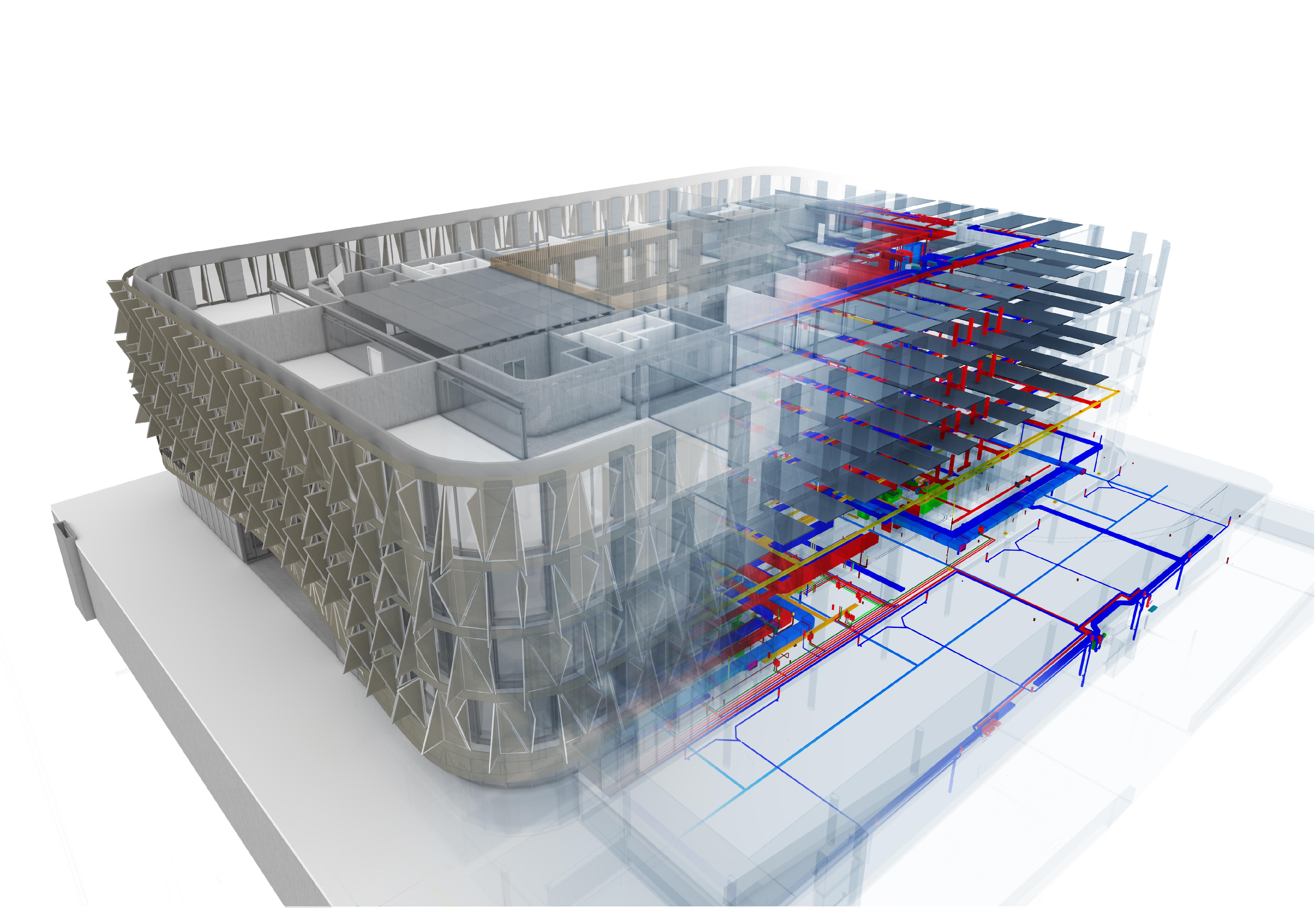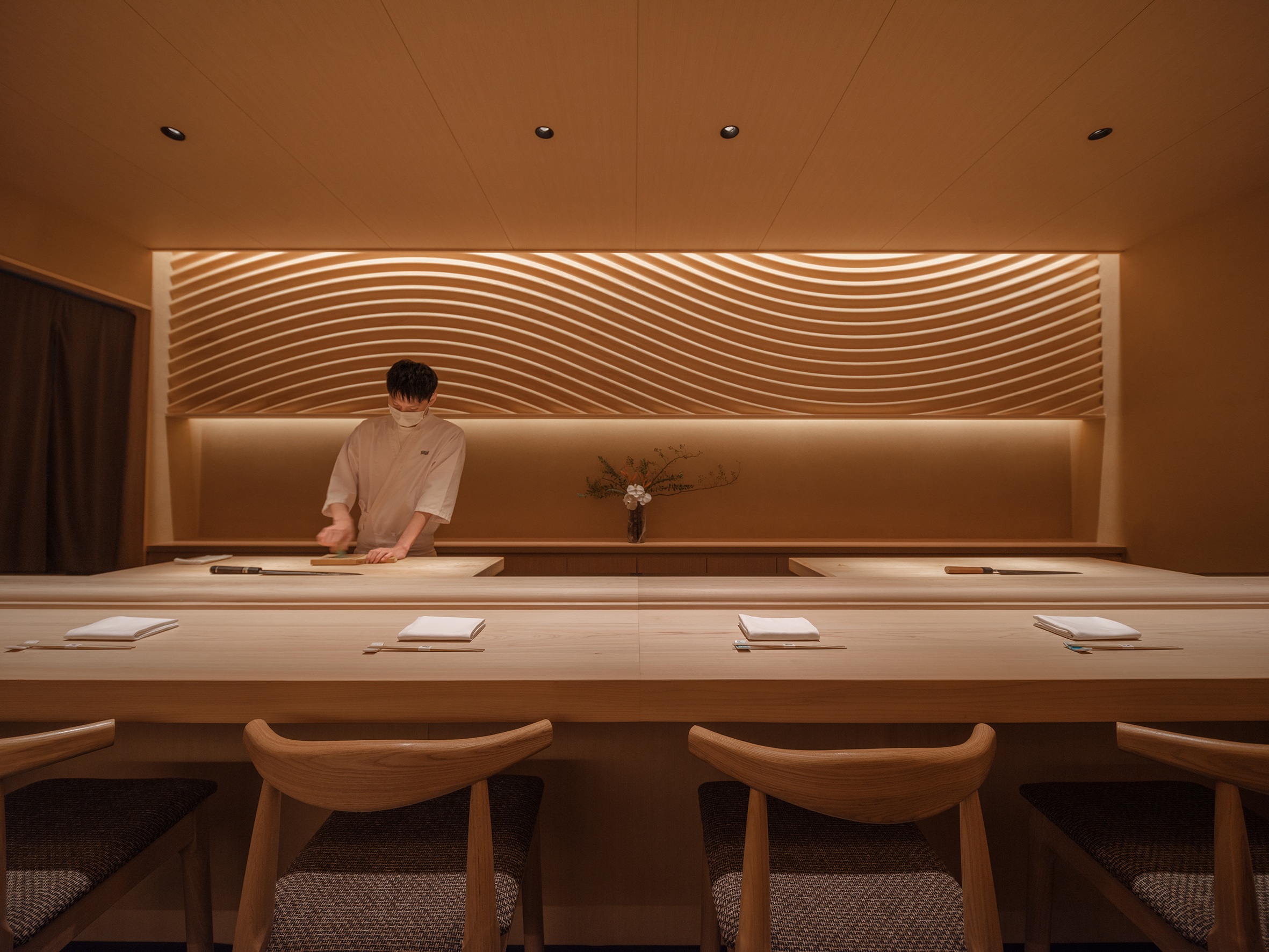Architects: Want to have your project featured? Showcase your work through Architizer and sign up for our inspirational newsletters.
Western Europe is at breaking point. Or so we’re told by politicians clamoring for the ear of increasingly disillusioned and disengaged electorates and a media reliant on sensationalism to bolster plummeting sales. But the situation is far more complex than border control and fear-mongering around immigration would have us believe.
Under-supply is a chronic issue in many of the continent’s countries. Even Sweden, which has made a constitutional pledge to provide affordable housing, is falling short of where it needs to be in terms of new completions entering the market. But this is not the full story. While sky-high rents resulting from scarce stock are enough to make eyes water, the age of housing is also a major problem.
Energy-hungry, and often either poorly made in response to the great post-war rebuild or simply worn and torn over time and no longer fit for purpose (least of all in a climate emergency), if people would be struggling to pay for a roof over their heads anyway, add rocketing heating and electricity bills and things take a rapid turn for the worse. Simply put, the wrong kinds of homes are being built in the wrong places, and huge swathes of the population are underserved, leaving vulnerable residents to compete for overpriced, inadequate, low-quality housing.

The AMST scheme at Amstel Station, Amsterdam, by VenhoevenCS architecture+urbanism | Photo by Ossip van Duivenbode
In the Netherlands, this is particularly visible. When the population hit polling booths last November for the country’s most recent general election, the biggest issue on the agenda was a rapidly spiraling housing crisis. According to Euronews, an estimated 390,000 new homes are needed across the country, with Amsterdam — where renters have long been accustomed to the waiting lists for addresses within the canal ring — being particularly impacted. In 2023, the iconic city aimed to start construction on 7,500 residential units, but new figures show authorities fell short, managing 5,000.
The success of far-right populist leader Geert Wilders and his Party for Freedom last winter, now the largest faction in the Dutch parliament, is a worrying sign of where lack of housing, and specifically affordable domiciles, can take the country often stereotyped as one of the world’s most liberal. Suffice it to say that architects and developers have a huge responsibility here, and it goes well beyond bricks and mortar, cutting to the core of society and our values. Thankfully, some firms are responding to this, such as VenhoevenCS, which completed AMST last year — a project with equity at its heart.

Bike storage inside AMST by VenhoevenCS architecture+urbanism | Photo by Ossip van Duivenbode
Located at Amstel Station, major transport hub in the south of the city, the scheme comprises 252 individual dwellings spanning 25 housing types. These range from mid-market rentals to social housing and multi-generational homes. It’s a pleasing contrast to many developments we see in Western Europe’s trophy cities, which fail to create the communities promised because they are homogenous — high density, single bedroom apartments aimed at a specific professional demographic. The inclusion of a supermarket, small-scale retail offering, bicycle storage facilities, workspaces and studios contribute to the positive, integrating impact of the Amsterdam scheme, essentially establishing a five-minute neighborhood model in the finished product.
Sustainability is also a key aspect of VenhoevenCS’s efforts here. According to Procedia Engineering, prefabricated homes have the potential to cut construction emissions by up to 50%. The comparatively short time frame for assembly is a big factor, as are the materials required for lightweight building approaches. In this case pre-made timber frames are used for residential units, among the most environmentally-friendly of all resources suited to projects such as this. By making sections off-site, material consumption is optimized and tightly controlled, so waste also falls. Given construction now accounts for around 40% of everything the world throws away, this is particularly important.

Greening on the rooftop of AMST by VenhoevenCS architecture+urbanism | Photo by Ossip van Duivenbode
Collective outdoor spaces at roof level encourage, support and nurture community life. They also provide much-needed greening and shade, helping mitigate the urban heat island effect in the local area, while solar panels help reduce the operational footprint of AMST as a whole. Technique and designs we have celebrated in previous Sustainable Practice features, in comparison we’ve spent less time talking about another, often-overlooked aspect of ‘sustainability’ — giving all people access to new, high spec developments, rather than excluding them by creating enclaves for middle and upper classes. Schemes which may not include physical barriers to the street, but still represent gated communities rather than integrated parts of a modern city.
By offering affordability within a mixed-market environment, VenhoevenCS has responded to two clear challenges — making a city like Amsterdam, among Europe’s most expensive, if not the world’s, more accessible and livable for people on lower incomes. And doing this is a way that avoids falling into the trap of ghettoizing communities, drawing hugely problematic lines in the sand between socio-economic groups. As many metropolises increasingly displace those who have not, often relocating them to difficult to reach areas as entire neighborhoods are upended by housing provision aimed at those who have, blueprints such as AMST offer models of how to make the urban fairer, allowing our population centers to benefit from the clear cultural advantages that come with diversity and difference.
Architects: Want to have your project featured? Showcase your work through Architizer and sign up for our inspirational newsletters.









